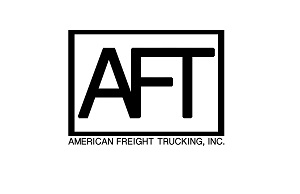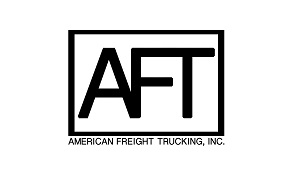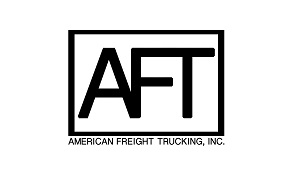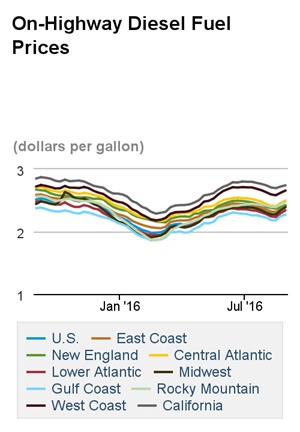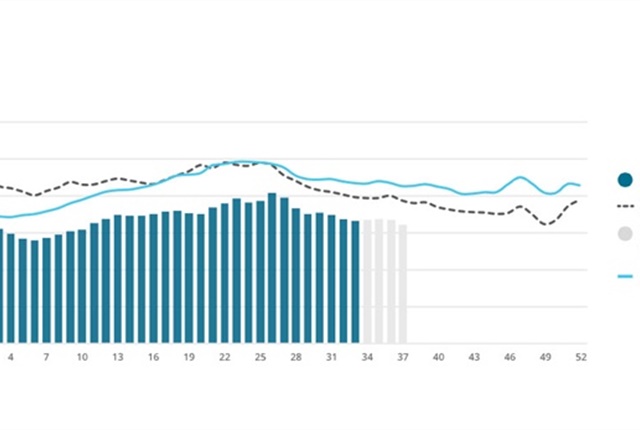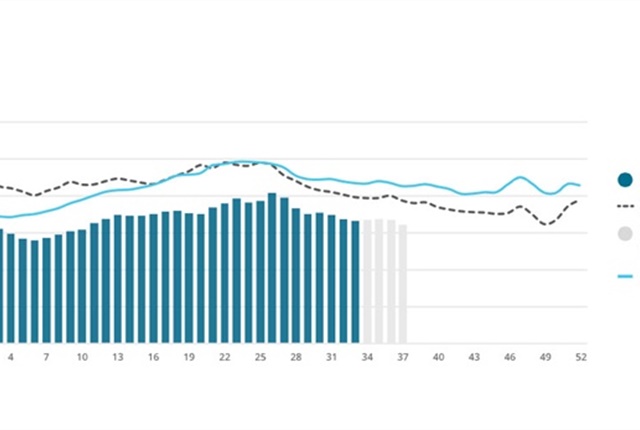Vancouver-based Ritchie Bros. Auctioneers has acquired online auctioneer IronPlanet of Pleasanton, Calif., for $758.5 million, the company announced.
That acquisition gives on-site auctioneer Ritchie Bros. a developed online auctioneer that operates a range of Web-based platforms, including GovPlanet, TruckPlanet, EquipmentOne, and SalvageSale. The acquisition also includes Cat Auction Services, Kruse Energy & Equipment Auctioneers, and the Mascus sales listing service.
IronPlanet complements Ritchie Bros.' end user customers because the Canadian company already "focuses largely on the needs of corporate accounts, equipment manufacturers, dealers and government entities in equipment disposition solutions," according to the company.
In 2015, the privately held IronPlanet sold $787 million in gross merchandise value and has achieved a 25.2% growth rate from 2013 through 2015. The company increased its gross merchandise value by 41% in the first hald of 2016 compared to the same 2015 period.
As part of the transaction, Ritchie Bros. has reached a long-term alliance with Caterpillar. Ritchie Bros. will become the preferred provider to the heavy equipment manufacturer and participating dealers. Ritchie
Bros. will provide Caterpillar and its dealers with "access to proprietary auction platforms, software and other value‐added services, thereby enhancing the exchange of information and services between customers, dealers and suppliers," according to the company.
The transaction is expected to be accretive to earnings withing the first year, excluding acquistion costs. The transaction is expected to close in the first half of 2017. Goldman, Sachs is serving as the financial advisor.
Related: IronPlanet Named NJPA Vendor, Adds Self-Listing Marketplace
Follow @HDTrucking on Twitter

